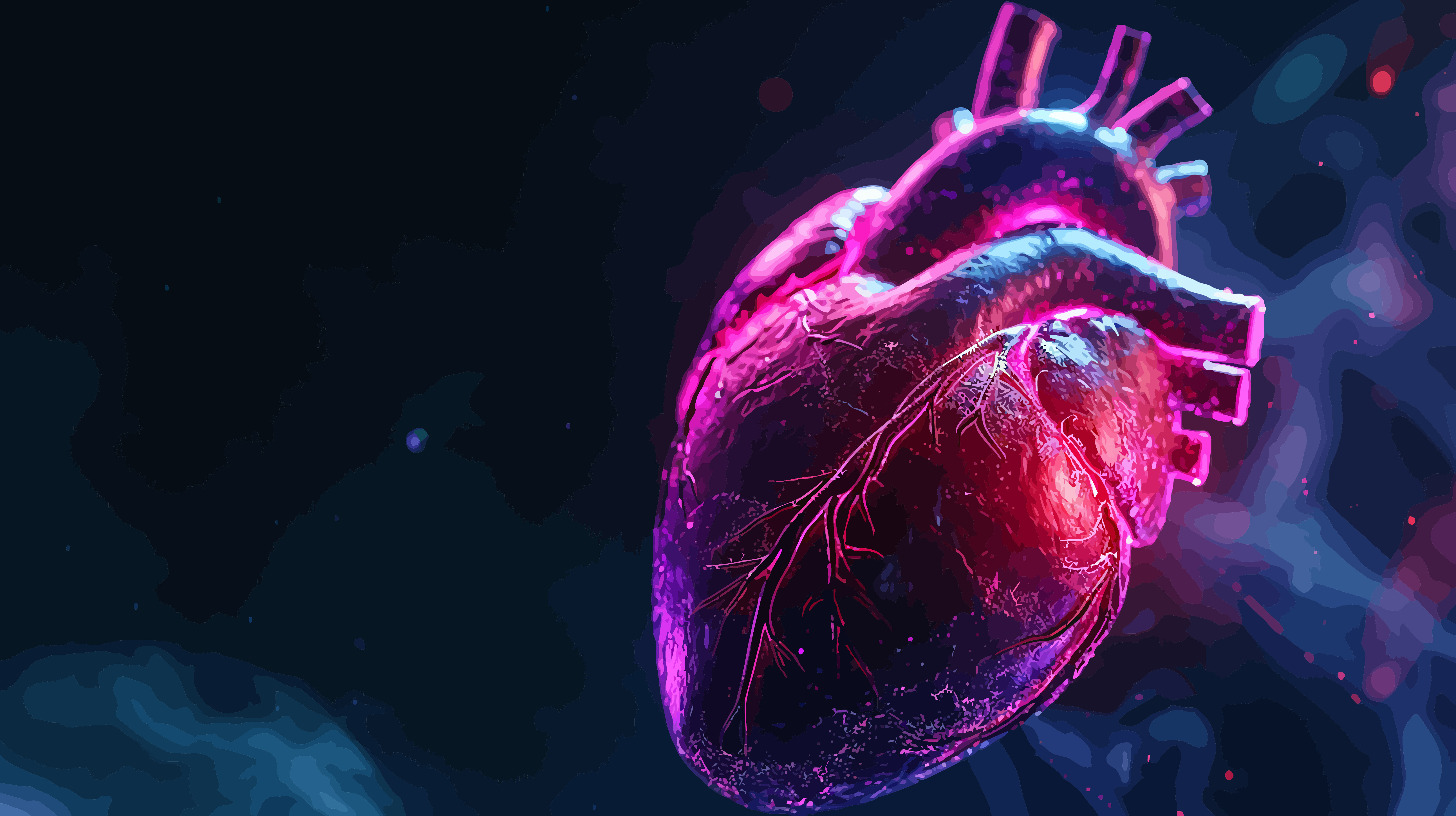What Is It, Types & Health Benefits

What is complementary medicine?
Complementary medicine is a term used to describe types of treatments you may receive along with traditional Western medicine. Examples of complementary medicine include massage, meditation, biofeedback, tai chi, reiki, music therapy, guided imagery and dietary supplements.
Advertisement
Cleveland Clinic is a non-profit academic medical center. Advertising on our site helps support our mission. We do not endorse non-Cleveland Clinic products or services. Policy
What’s the difference between complementary medicine, alternative therapy and integrative therapy?
The differences between these approaches have more to do with how these approaches are used.
- Complementary medicine or therapy are additional methods that are used along with traditional medical approaches (medications, immunotherapy, chemotherapy, radiation and surgery). It “complements” these traditional medical approaches.
- Alternative medicine is an approach used in place of traditional medical approaches.
- Integrative medicine considers your entire health and wellness, not limiting the therapeutic approach to the specific disease or organs involved. It focuses on the mental, emotional, functional, spiritual, social and community aspects of your health.
What types of health benefits do complementary medicine approaches provide?
Each type of complementary medicine may target a specific aspect of your health. In general, complementary approaches may provide one or more of these health benefits:
- Relieves pain.
- Reduces anxiety and stress.
- Reduces nausea.
- Improves mood.
- Increases relaxation.
- Improves wound healing.
- Encourages feelings of well-being, pleasure, positivity and inner peace.
- Relieves muscle tension.
- Decreases tiredness.
- Improves flexibility and circulation.
Read more about each complementary approach listed below to find out more about their specific potential health benefit.
What are the types of complementary therapies?
There are many types of complementary therapies. Below is a brief description of many of these approaches. (The list may not include all approaches considered to be complementary therapies.)
Manipulation and body-based practices
- Massage. Massage relies on your body’s nerve endings and pressure points to promote relaxation. There are many forms of massage, for example, shiatsu, Hellerwork®, and reflexology. However, the most widespread variation builds upon the five basic strokes of Swedish massage: effleurage (slow, rhythmic gliding strokes in the direction of blood flow towards the heart), petrissage (kneading, pressing and rolling muscle groups), friction (steady pressure or tight circular movements, often used around joints), percussion (drumming hands on body) and vibration (rapid movement shaking the muscle back and forth). Massage therapy has been used to reduce stress and anxiety, improve mood, aid in relaxation and control pain. If you’ve had surgery, massage can promote healing at incision sites and may prevent or reduce scarring. Foot massage has been shown to have a positive effect on pain, nausea and relaxation.
- Reflexology. This therapy involves applying manual pressure to areas of your foot, hand or ear that are believed to correspond to the affected organs or body systems. Reflexology may help to relieve symptoms such as pain, constipation and nausea.
- Chiropractic or osteopathic manipulation. This is a hands-on approach that focuses on the spine and other joints of your body and their connection to your nervous system. These approaches involve moving your muscles and joints using stretching, gentle pressure and resistance. They can help ease muscle pain and improve your overall mobility and function. This approach can help reduce the severity of various symptoms, including migraines, menstrual pain and carpal tunnel syndrome.
- Cupping. This is a type of massage therapy that involves using heated cups to create a vacuum on your skin. It increases blood flow to targeted areas to reduce inflammation.
Mind-body techniques
- Meditation. Meditation is a method of relaxing and quieting your mind to relieve muscle tension and achieve inner peace. There are numerous forms of meditation, taught individually or in group settings.
- Relaxation and deep breathing. Relaxation and breathing techniques help to release muscle tension, relieve breathlessness, lessen anxiety and encourage a greater sense of control, particularly when receiving unpleasant or stressful treatments.
- Yoga. Yoga is a form of gentle exercise consisting of body postures and breathing techniques. It has been practiced for thousands of years in India and is now popular around the world. In the West, yoga is valued more for its physical than spiritual benefits, such as its ability to increase suppleness and vitality and to relieve stress and fatigue.
- Landscape therapy. Landscape therapy is the showing of peaceful, relaxing landscapes that can evoke calmness and tranquility. Landscapes may be shown in a darkened room via a slide show or video screen or they may be shown in the form of art books or actual artwork. Landscape therapy is often used as a distraction technique to help manage pain and anxiety.
- Music therapy. Music therapy is an expressive art form designed to help individuals achieve harmony and balance. Music therapy can include both listening to and/or playing music. Music therapists are professionals who are educated to design music programs for patients. Through music, you explore emotional, spiritual and behavioral issues. Music therapy can help release emotions and promote relaxation. Listening to music can be either calming or invigorating.
- Animal-assisted therapy. A therapist will team up with dogs or other animals to help you better cope with your health issues including mental health disorders, cancer and heart disease. Animal-assisted therapy can reduce pain and anxiety, depression and fatigue associated with many health problems.
- Biofeedback. This is a training technique through which you learn to control your thoughts, emotions or behavior. Your therapist will measure your body’s functions (for example, EEG to measure brain waves, ECG to measure heart rate, EMG to measure muscle contractions) throughout therapy, and you’ll see changes in these measurements as you learn new coping strategies.
- Guided imagery or visualization. With this therapy, a practitioner helps you create positive mental images and desired outcomes for specific situations. For example, while in a state of relaxation, you might focus on feeling stronger or better, or you might picture the destruction of tumor cells. In another technique, you may visualize various aspects of treatment, from the least frightening to the most painful, remaining calm and relaxed at each step.
- Hypnotherapy. Hypnotherapy is similar to guided imagery, but a physician or licensed hypnotherapist induces deep relaxation.
- Prayer therapy. This approach uses prayer therapeutically for mental and emotional healing. Prayer can be used as a tool for exploring your heart’s/soul’s past, present or future distress and stress. This can help you to better understand yourself and to explore and release feelings. Your prayer is personal — the therapist merely acts as a facilitator.
Energy force therapies
- Tai Chi. Tai Chi is a noncombative martial art that uses breathing techniques and sequences of slow, graceful movements to improve the flow of qi, or “life energy,” to calm the mind and promote self-healing. It is often described as “meditation in motion.” It is practiced more as a form of preventive health care than as a response to an ailment.
- Qi gong. Qi gong is an ancient system of movement, breathing techniques and meditation. It’s designed to develop and improve the circulation of qi, or “life energy,” around your body.
- Therapeutic touch. With therapeutic touch, a practitioner attunes their energy field with yours so that disturbances in “energy flow” are balanced and your body’s healing powers can work freely. The practitioner’s hands are placed inches above your body and gently pass over it to assess any changes or blockages in the energy field. Healing energy is directed from the practitioner’s body to yours. Touch therapy is used to treat stress-related conditions such as fatigue and headaches as well as pain relief, especially from muscle strain and following surgery. It also has been used to promote wound healing, and for lymphatic and circulation disorders.
- Reiki. Reiki is a form of Japanese spiritual healing that has its roots in ancient Tibetan Buddhism. Reiki aims to promote health, maintain well-being, and help you attain a higher level of consciousness. Practitioners direct “reiki energy” through their hands (holding them over your clothed body), channeling energy to areas of need in you. Reiki claims to balance the body’s energy centers or “chakras” and dissolve energy blockages that lead to disharmony and disease. Some people may feel relaxed after treatment; others feel invigorated.
- Acupuncture. Acupuncture is an ancient Chinese system of healthcare. It aims to prevent and cure specific diseases and conditions by sticking very fine, solid needles into points of your body. Acupuncture is believed to encourage the release of endorphins — natural painkillers — which can also increase feelings of well-being. Acupressure, in which the same acupoints are stimulated by hand, may be effective in the same way, but to a lesser degree.
- Magnets. This therapy involves placing magnets on your body to reduce pain or enhance healing.
Expressive therapies
- Journal writing. Writing in a journal is an effective way to handle some of the emotions that living with a medical condition trigger. If you’re facing a serious illness, it can be difficult to express your feelings to others. But with journal writing, you can express difficult feelings safely and privately. Regular journal writing may also help you clarify your thoughts and make good choices.
- Art therapy. Drawing, painting and sculpting, especially when carried out in a group environment, can help you express feelings that can’t be easily put into words.
- Support groups. In support groups, you have the opportunity to share your concerns, fears and hopes with those who are experiencing similar life challenges. Support groups can help your family and friends too.
Other complementary approaches
- Dietary supplements and herbal remedies. Dietary supplements include vitamins, minerals, herbs and enzymes. They aren’t regulated by the U.S. Food and Drug Administration for safety and effectiveness. Examples include glucosamine, chondroitin, St. John’s Wort, ginkgo, saw palmetto, ginseng, fish oil, echinacea, vitamin D, garlic calcium and green tea.
- Aromatherapy. In aromatherapy, you’re exposed to essential oils. The oils may be vaporized in a room or absorbed through your skin. The scents released by the oil are thought to act on your hypothalamus, the part of the brain that influences your hormones. In theory, a smell might affect your mood, metabolism, stress level and sexual desire. Some common essential oils are chamomile, lavender, peppermint, rosemary, eucalyptus, sandalwood and tea tree. Choice and response to scents are highly personal.
What should I do if I’m interested in starting complementary medicine?
Here are some tips:
- Talk with your primary healthcare provider before starting any complementary treatment.
- Never stop taking any prescribed medication without first consulting your traditional healthcare provider.
- Ask your current healthcare provider for their recommendation for a complementary provider. You can also check local hospital websites.
- Search for professional organizations for the type of practitioner you want. For example, if you’re interested in a chiropractor, search for “chiropractor organizations” in your browser. You can read about licensing or certification requirements and often find links to practitioners in your area.
- Find out as much as you can about the particular practitioner you are interested in seeing, including their education, training, licenses or certification. Today you can find this information in website searches or simply call their office and ask for it before making an appointment.
- Find out if the complementary practitioner will work with your traditional healthcare provider. It’s important to have all your providers working with each other to provide you with the best care possible.
- Ask your complementary provider if they’ve worked with individuals with your specific health condition(s).
- Check with your insurance carrier to determine if complementary services will be covered or what out-of-pocket expenses to expect.
- Keep all your healthcare providers — your traditional medicine and complementary medicine practitioners — up to date about all your prescribed medications and all other health products and therapies you use. This helps give all practitioners a full view of the actions you take to manage your health.
- See your traditional healthcare provider if your symptoms persist or worsen.
How do I know if a complementary therapy is safe, effective and scientifically reliable?
It’s important to know that scientific research supporting the safety and effectiveness of complementary therapy may not be available for all approaches. You can find out more information about specific approaches by:
- Talking with your traditional healthcare provider. Tell them about the complementary therapies you’re considering. Ask for their insight into the safety and effectiveness of these approaches.
- Asking the complementary provider for scientific sources of the safety and effectiveness of the methods they use for your health condition.
- Visiting or calling your local library or a medical library (a medical school or some hospitals have one). Ask for help finding scientific journal articles or trustworthy books about the complementary therapy or product you’re interested in.
- Visiting trustworthy websites. The U.S. government has several websites that may provide some helpful information. These include the National Center for Complementary and Integrative Health, the U.S. Food and Drug Administration and the National Institutes of Health Office of Dietary Supplements.
A note from Cleveland Clinic
A variety of complementary therapies are available. Their history is rooted in the cultures of China, India, Tibet, Africa and the Americas. Compared with traditional Western medicine, these therapies are not as highly used in the U.S. Because many of these therapies haven’t been studied with the same scientific rigor as traditional medicine, it is wise to ask your traditional healthcare provider about complementary therapies. Always keep all your practitioners — traditional and complementary practitioners — up to date on all the medicines and supplements and all other therapies you use. Never discontinue medications without talking with your primary healthcare provider first.
link






